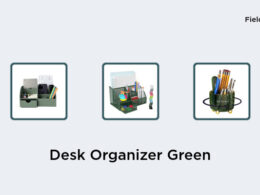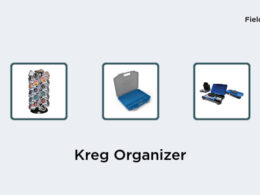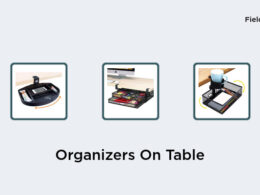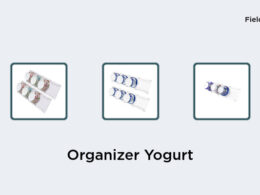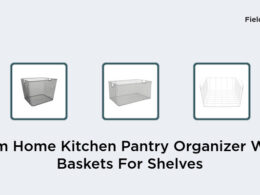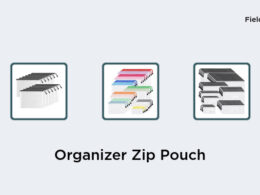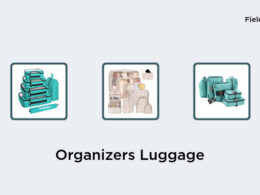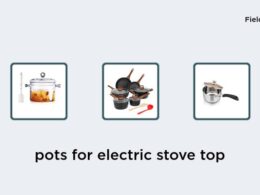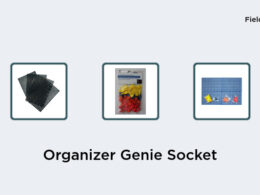Hydroponics is an innovative method of growing plants that involves delivering nutrients to the plants through water rather than soil. However, like any other method, it has some downsides that need to be considered before adopting it. The primary disadvantage of hydroponics is that it requires a more precise control of irrigation. This is because the plants receive their nutrients through water, meaning that the water needs to be adjusted to meet the needs of the plant and the environment. Some of the drawbacks of hydroponics are:
Automated irrigation that is necessary for precise control of irrigation consumes electricity, increasing operational costs
The installation costs of the hydroponic system are significantly higher compared to traditional soil-based systems.
The hydroponic systems are complex to install and maintain, requiring a higher skill level and training, which could be a barrier to entry for some people.
In the absence of soil, the plants have more exposure to disease, pests, and algae, requiring a more stringent approach to maintaining a clean and sterile environment.
In conclusion, while hydroponics is an effective way to grow plants that can result in faster growth, higher yields, and efficient use of resources, it requires a higher level of attention to detail, particularly in controlling irrigation, and more significant upfront costs. Despite these disadvantages, hydroponics remains a viable option for growing plants, particularly where soil conditions are poor, and space is limited.







